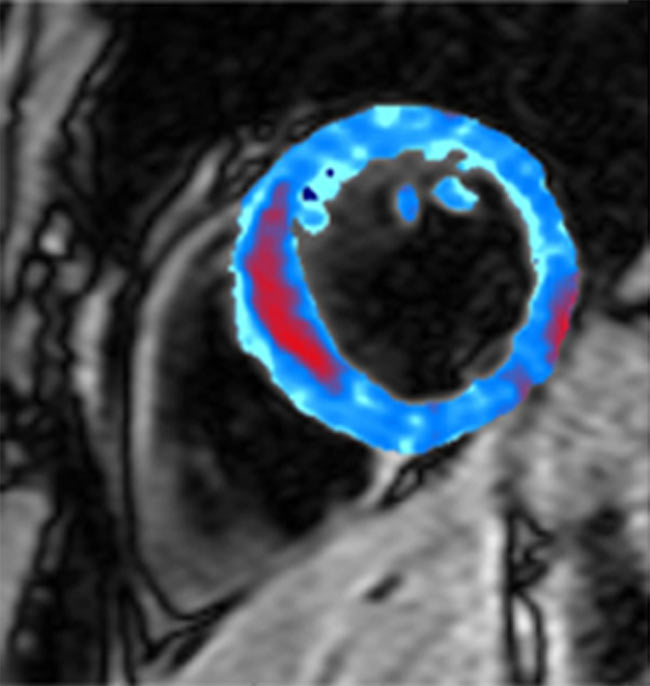First Image of a Bleeding Heart

Doctors have captured the first images of bleeding inside the heart muscle following a heart attack.
A new study, detailed in the Jan. 19 issue of the journal Radiology, suggests the amount of bleeding of the heart muscle can indicate how damaged a person's heart is after a heart attack.
"We still have a lot of unanswered questions about whether the bleeding itself may cause further damage to the heart muscle and this is an area that needs further research," said study researcher Stuart Cook of the MRC Clinical Sciences Center at Imperial College London. "The more we understand about what happens during and after a heart attack, the greater the chances are of scientists finding new ways to combat the damage that heart attacks cause."
A person suffers a heart attack when the artery that feeds blood to the heart gets blocked, depriving the heart muscle of blood and therefore oxygen. Most heart-attack patients are fitted with a metal tube called a stent that keeps the blocked artery open.
Recent research has shown that some people experience bleeding inside the heart muscle once blood starts to pump into it again. However, scientists were unsure of the significance of such bleeding until now.
In the new study, researchers used magnetic resonance imaging (MRI) to examine bleeding inside the hearts of 15 individuals who had recently suffered a heart attack. (They could spot areas of bleeding due to the magnetic effects of iron, which is present in the blood.)
The images suggested patients who had suffered a large heart attack, in which a lot of the heart muscle was damaged, had more bleeding into the heart muscle compared with those whose heart attacks were relatively small.
Sign up for the Live Science daily newsletter now
Get the world’s most fascinating discoveries delivered straight to your inbox.
"Our study gives us a new insight into the damage that heart attacks can cause," said lead study author Declan O'Regan, also of Imperial College's MRC Clinical Sciences Center. "Using this new scanning technique shows us that patients who develop bleeding inside their damaged heart muscle have a much poorer chance of recovery."
The research was funded by the Medical Research Council, British Heart Foundation and Department of Health, UK.










